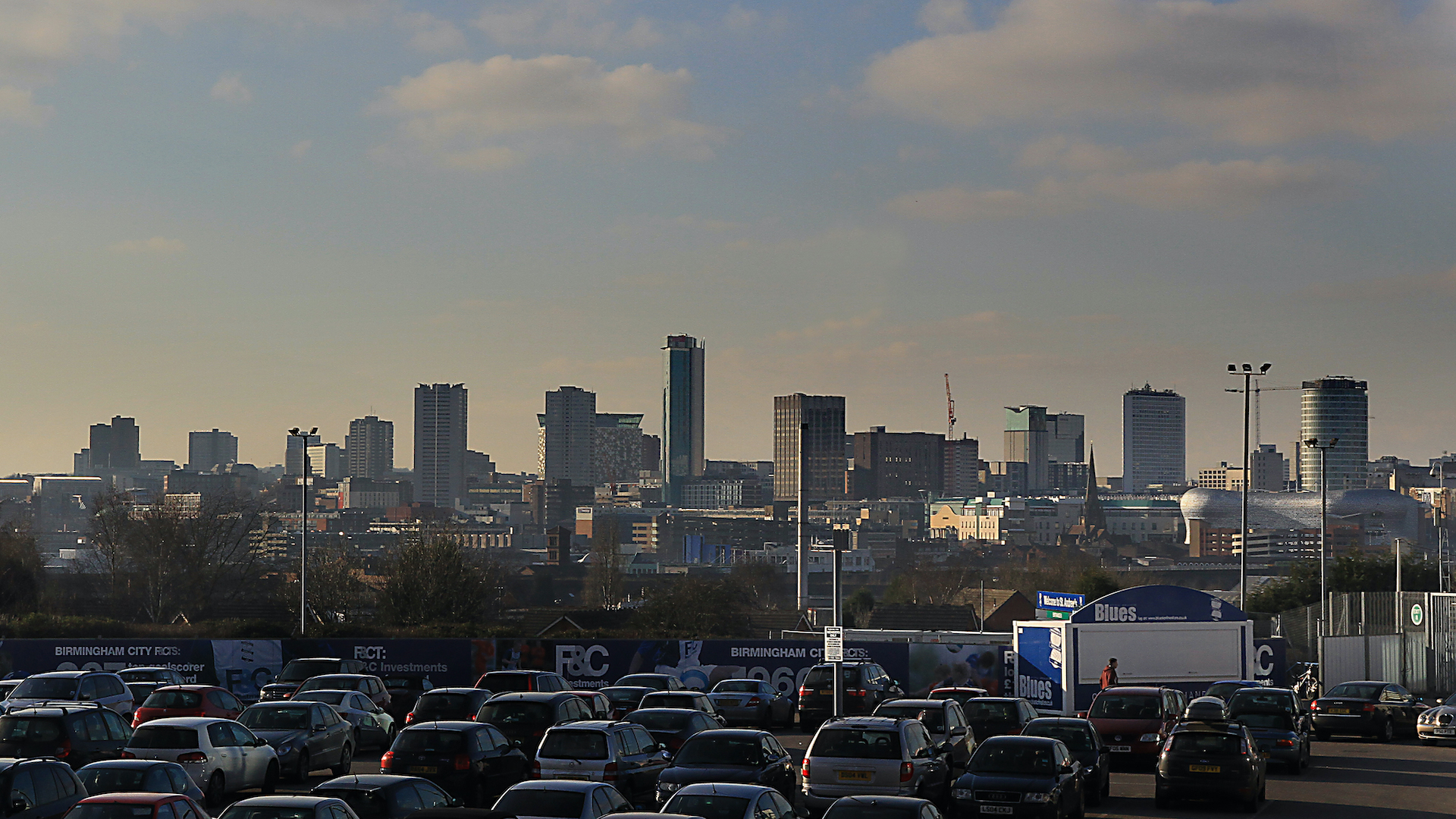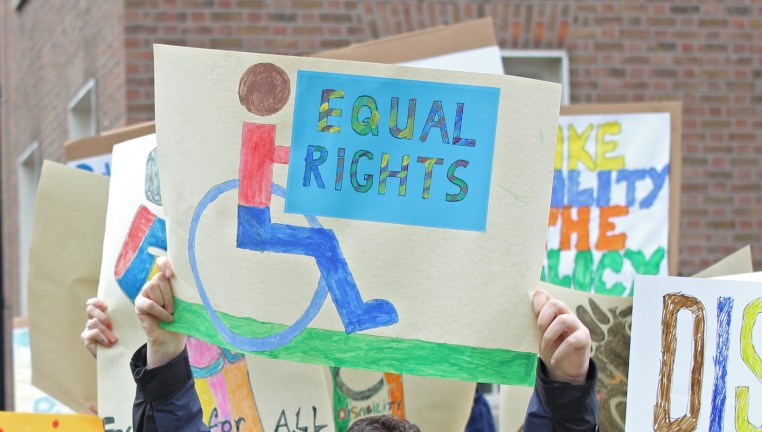The Birmingham Clean Air Zone launched this week*, with plumes of (non-toxic) smoke puffing out of the Library of Birmingham’s chimney-like roof marking the occasion. The smoke is meant to represent the nasty nitrogen dioxide (NO2) emissions that will be cut when we clean up the air in the city.
The Clean Air Zone (CAZ for short) targets Birmingham’s dirtiest streets. For years, air pollution levels have breached legal limits across the city. Air pollution is a combination of different pollutants, but they are essentially tiny particles that we breathe in and then settle into our lungs, hearts, brains, and other parts of our bodies.
A number of studies have revealed the negative impacts of air pollution on human health. Just one example, a 2019 study found that, if unchecked, air pollution in Birmingham could shorten children’s life expectancy by up to seven months. Other studies have found these particles are causing all manner of harm, from low birth weight, asthma hospitalisation, right through to dementia.
Nitrogen dioxide is just one of the constituent pollutants of air pollution and contributes to respiratory problems such as asthma. Motor traffic causes 80 per cent of nitrogen dioxide emissions on the roadside so the best way to safeguard our health and reduce this form of pollution is to deal with the dirtiest motor vehicles, which is where the Clean Air Zone comes in.
The CAZ works the same way as London’s Ultra Low Emission Zone (or ULEZ). There are clear specifications for which vehicles are ‘compliant’ and you can easily check online. If your vehicle is older or more polluting, it is deemed to be ‘non-compliant’, and you will be charged to drive inside the Zone.
We have already seen with the London ULEZ that the charge was enough to deter people from driving non-compliant vehicles to such an extent that nitrogen dioxide levels were cut by a third within the first year of operation. An overall trend that’s been observed with these schemes is that people either upgrade their vehicles, or – and this is the preferred option – they choose to walk, cycle or travel by public transport instead. The result of these zones is clear: cleaner air, less traffic, and a lovelier city in which to live, work, or study.









